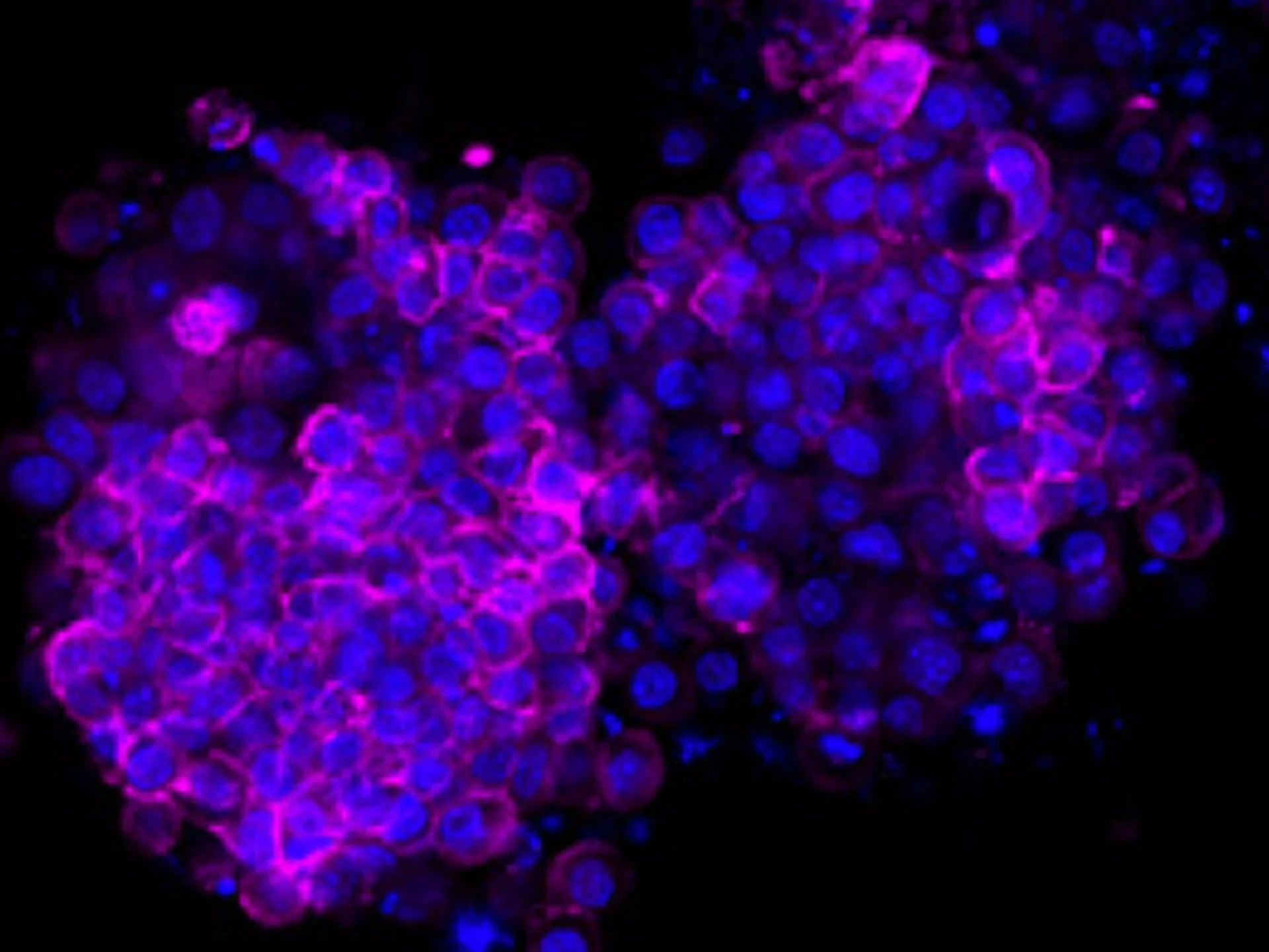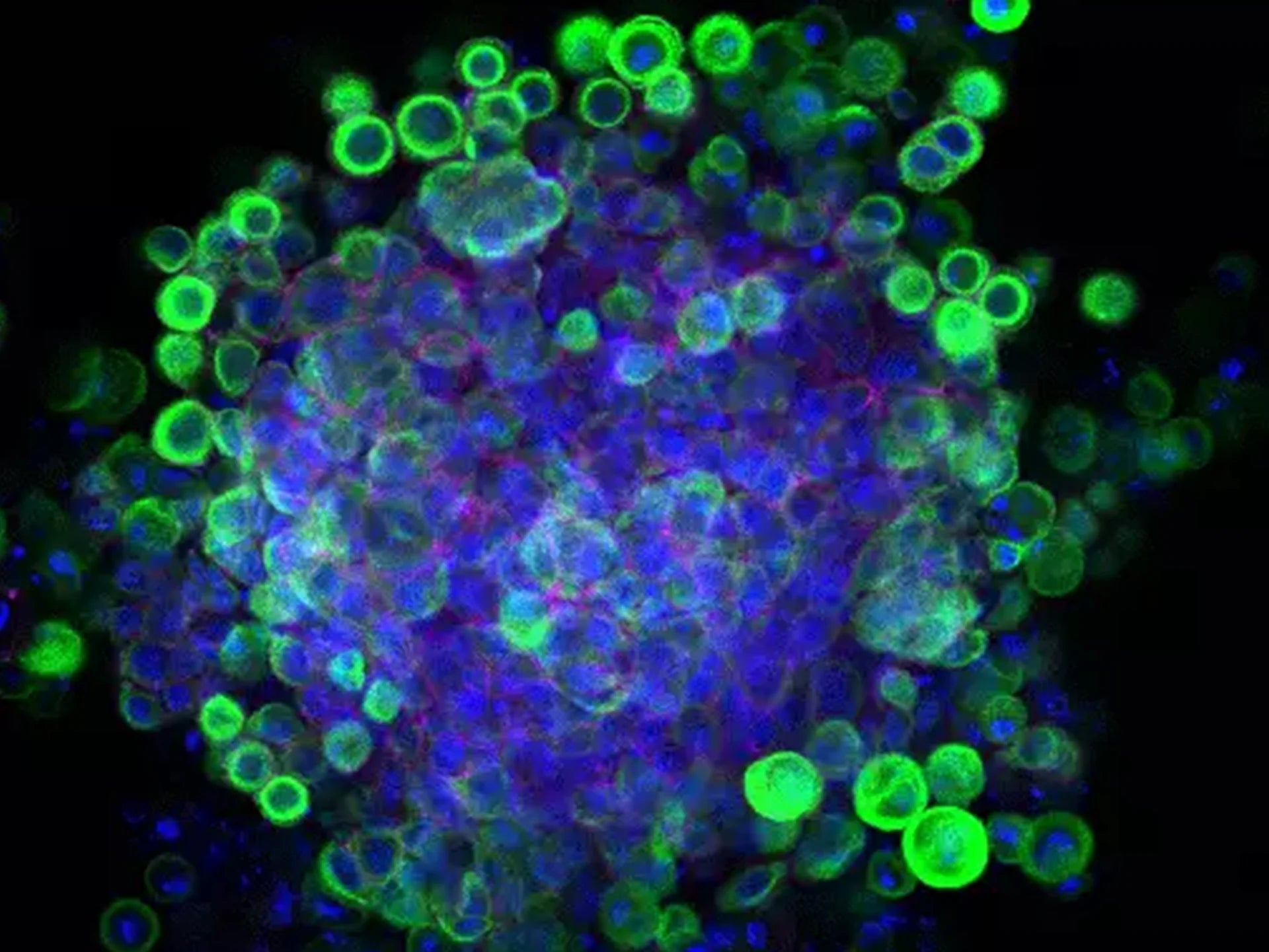Hair loss can be reversed
Hair loss can be stopped and in fact reversed if the impaired hair growth cycle is regenerated. To achieve that miniaturization of the hair follicles needs to be reversed.
Non-invasive drug-free no side effects
DHT causes hair follicles to miniaturize
1
Healthy Hair Follicle
1
-
Healthy Hair Follicle
2
Affected by DHT
2
-
Affected by DHT
3
Miniaturizes Over Time
3
-
Miniaturizes Over Time
How niostem works
We use our unique Stem Cell Reactivation Technology (SCRT) to reactivate dormant stem cells within the hair follicle. By using bio-electrical stimulation those stem cellare triggered into division which reignites hair follicle growth.
Non-invasive drug-free no side effects
Stem cell stimulation to trigger regrowth
No Stimulation

With Stimulation
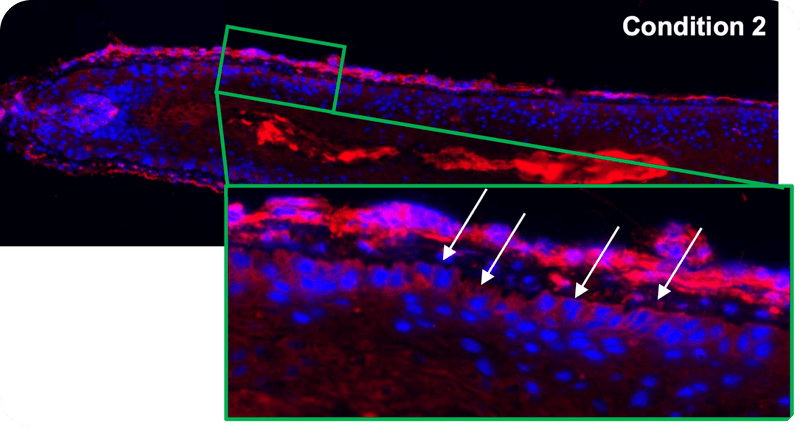
Validated results in 6 months clinical trial
100%
stopped hair loss
19.3%
avg. increase in hair density
8.8%
avg. increase in hair thickness
6x more hair than leading drugs
Comparing the clinical investigation of niostem with leading drugs across 6 months usage.
(*Hair density quantification via high resolution imaging i.e. trichoscopy)
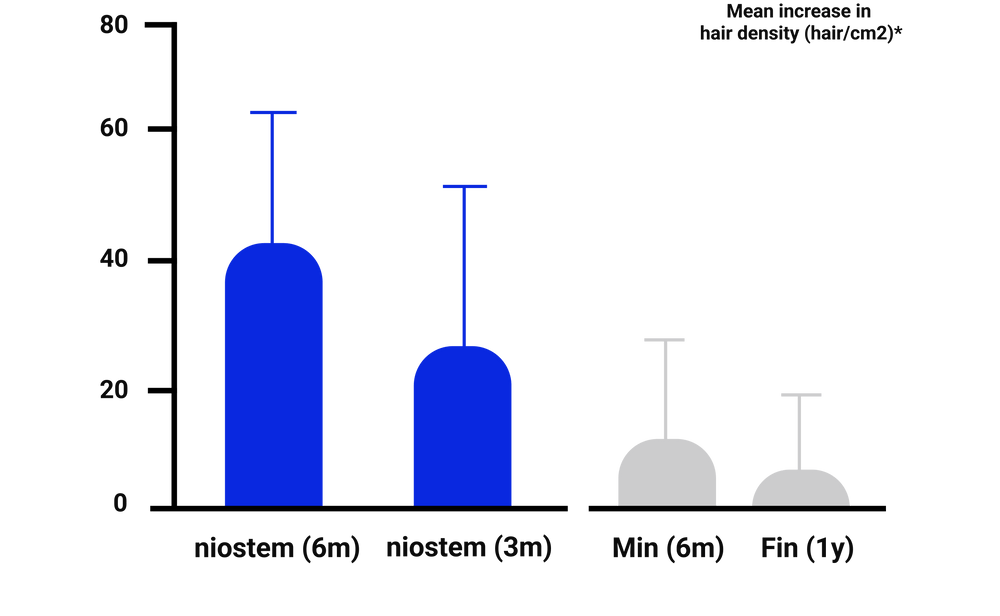
*statistical significance compared to baseline.
Using trichoscopy to quantify results
Same reference point is measured at 0, 3 and 6 months with high resolution cameras.
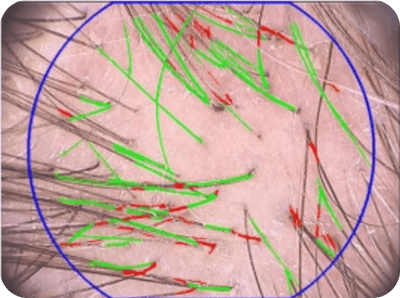
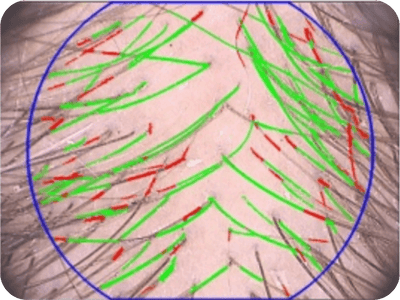
Reversing miniaturization process
Hair density increased by 19.1% on average after 6 months.
Hair thickness increased by 9.1% on average after 6 months.
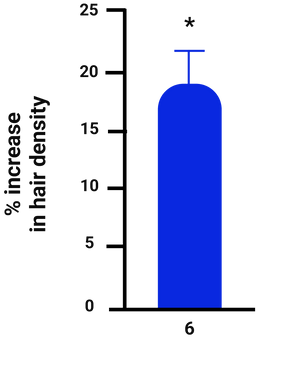
Time (months)
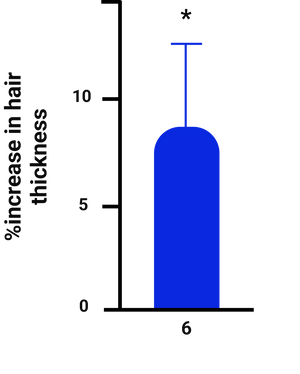
Time (months)
*statistical significance compared to baseline
Is niostem right for me?
The niostem wearable is recommend for users within the Norwood scale 1 - 5.
(beginning to medium stages)
At Norwood scale 6, most of the hair stem cells and follicles could be already in the deep resting phase, making the reactivation more difficult. (use at your own discretion)
At Norwood scale 7, the niostem wearable is not recommended.
Norwood scale
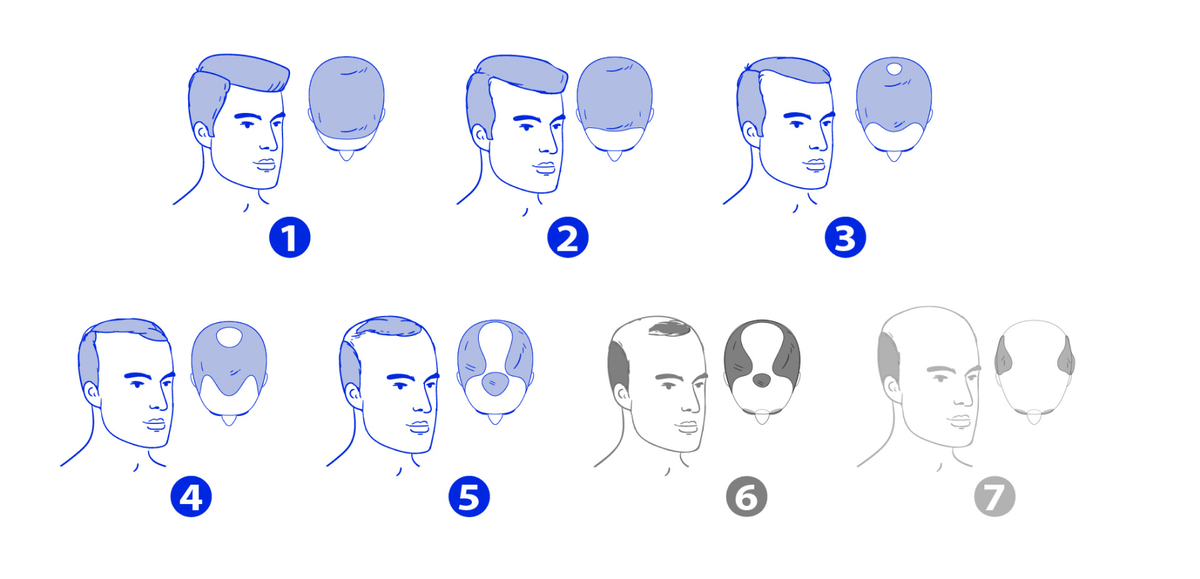
To reverse hair loss effectively, early action is higly recommended! Higher count of healthy hair follicles allows for better visual results.
CHECK FAQTargeting the root cause of hair loss, dormant stem cells
Targeting the root cause of hair loss
Why wait on a miracle, when you can count on research? niostem uses unique Stem Cell Reactivation Technology to kick-start your hair stem cells back into action. Leading to stronger, healthier, thicker hair.
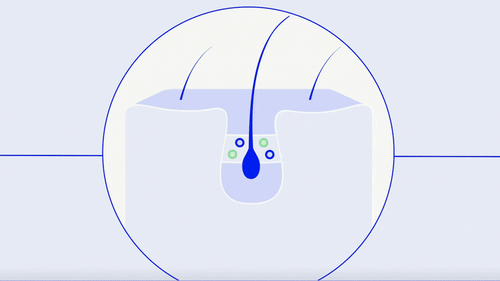
Activation
Hair loss is caused by DHT which interrupts the regular hair production cycle. This disruption causes hair follicles to shrink over time until they stop regrowing hair.The niostem wearable counteracts this miniaturization process by reactivating follicle growth via bioelectrical stimulation.
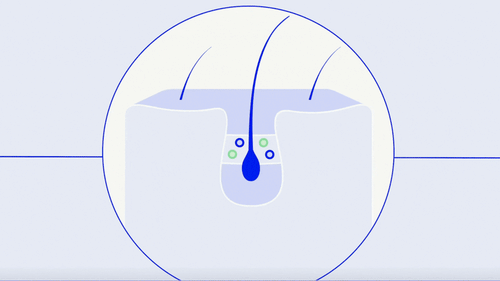
Growth
By using our targeted Stem Cell Reactivation Technology (SCRT), hair stem cells on the scalp are reignited back into action mode.They start multiplying into progenitor cells, thus triggering hair follicle growth.
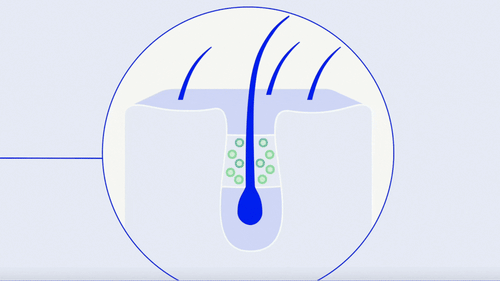
Outcome
The niostem wearable enables the body to restore it’s natural, physiological hair regeneration cycle.The outcome are stronger hair follicles which can grow healthier and thicker hair.
Breakthrough in stem cell science
Founder & leading cell biologist
Founder & leading
cell biologist
“One of my main drivers for my professional career in biotechnology and regenerative medicine has been my desire to directly improve people’s lives. These fields offer tremendous potential to influence individual’s health and wellbeing.“
Dr. Carlos Chacón-Martínez
PhD in Regenerative Science
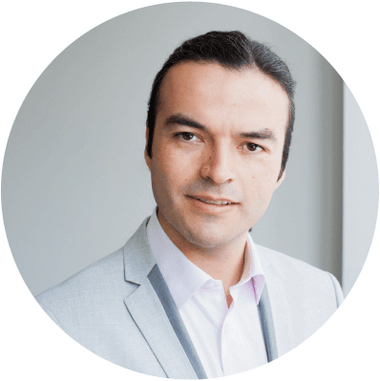
Dr. Chacón–Martínez




